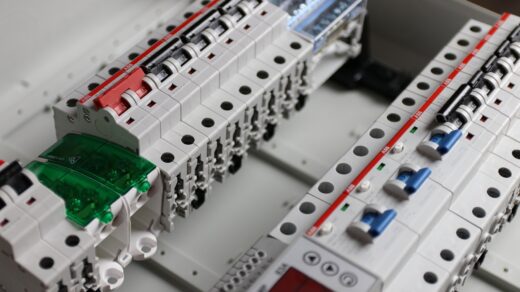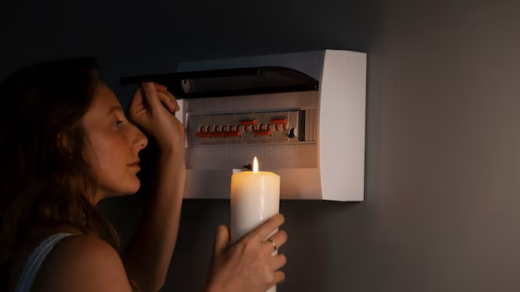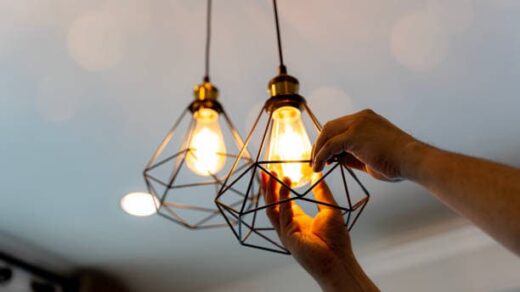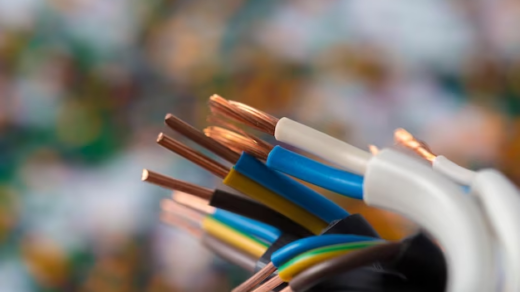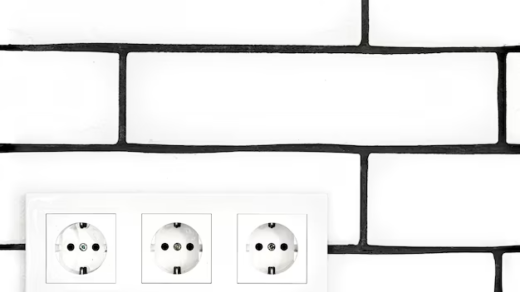Not all modern power tools are equipped with a battery. Many are still powered from the wall outlet. Such devices attract high performance and do not depend on the level of charge. Their main disadvantage: the equipment is limited by the length of the cord.
Solve this problem when working on a large construction site allows an extension cord on a spool self-winding. The device can be mounted on a wall or cart with a special bracket. The presence of a reel makes it easy to uncoil and rewind the cable. In addition, the reel reduces the likelihood of damage to the wire on the extension cord and eliminates the appearance of knots.
For which devices in the repair need a construction carrier
Most often, wire extenders are used to connect hand-held power tools. Thus, carries are usually needed for:
- drills;
- screwdrivers;
- jigsaws;
- wrenches;
- spray guns;
- soldering irons;
- milling machines;
- electric shears.
It is not uncommon to connect more powerful equipment to extension cords: welding machines, rotary hammers, demolition hammers, and bolt cutters. Much more rarely coils-extenders are used for oversized, almost stationary equipment: concrete mixers, compressors.
As an intermediate unit, the device can also be used. Other carriers are connected to it. However, usually this is not necessary – the extension coil, depending on the model, allows you to connect devices at a distance of up to 50 meters.
As a rule, the carries are designed for tools and appliances up to 3 kW. When selecting the maximum load should be considered. For electric drills, a model up to 1.3 kW is enough. The power of a welding machine is higher, respectively, you will have to use a more expensive extension coil.
The most common cross-sections of wires in the carriers
The permissible load level depends largely on the diameter of the cable on the extension cord. In addition, the cross-section affects the energy efficiency: higher allows you to reduce voltage losses. However, the rule “the more, the better” when selecting a carrier does not apply. Determine the optimal cross-section can be guided by several points:
- voltage;
- Current or total power of the tools;
- The type of wire in terms of the number of wires and conductor material;
- operating conditions.
On the industrial extender cable 0.75 mm² is not found – it is a variant for household equipment. Builders usually use wires with core cross-section of the following values (mm²):
- 2х1,5;
- 2х2,5;
- 3х1,5;
- 3х2,5.
These sizes allow you to connect tools with a total power of up to 3.5 kW. They are ideally suited for 220 volt power grids. The last two types are designed for use with an earthing circuit.
The length of the cord matters – if it exceeds 40 meters, it is better to buy an extension cord with a diameter of 2×2.5 or 3×2.5mm². The voltage drop on the extension cord in the case of a powerful load will be lower.
When the voltage of the network 380 volts, it is worth looking at the wire size 4×1.5, 5×1.5 mm².
Consider the operating conditions. For example, if welding is carried out with an electrode up to 3 mm, the cross section of 2×2.5 mm² or 3×2.5 mm² is sufficient. The coil must be earthed. When welding with a 4 mm electrode in intensive mode – without pauses – you need a diameter of 4 mm².
Everyone in the household has a number of portable power strips, both for connecting electrical appliances in living quarters and for working with power tools outdoors. They’re often handy because plug sockets are not available everywhere. But it’s important to follow the safety and manufacturer’s recommendations when using them, especially coil packs.

